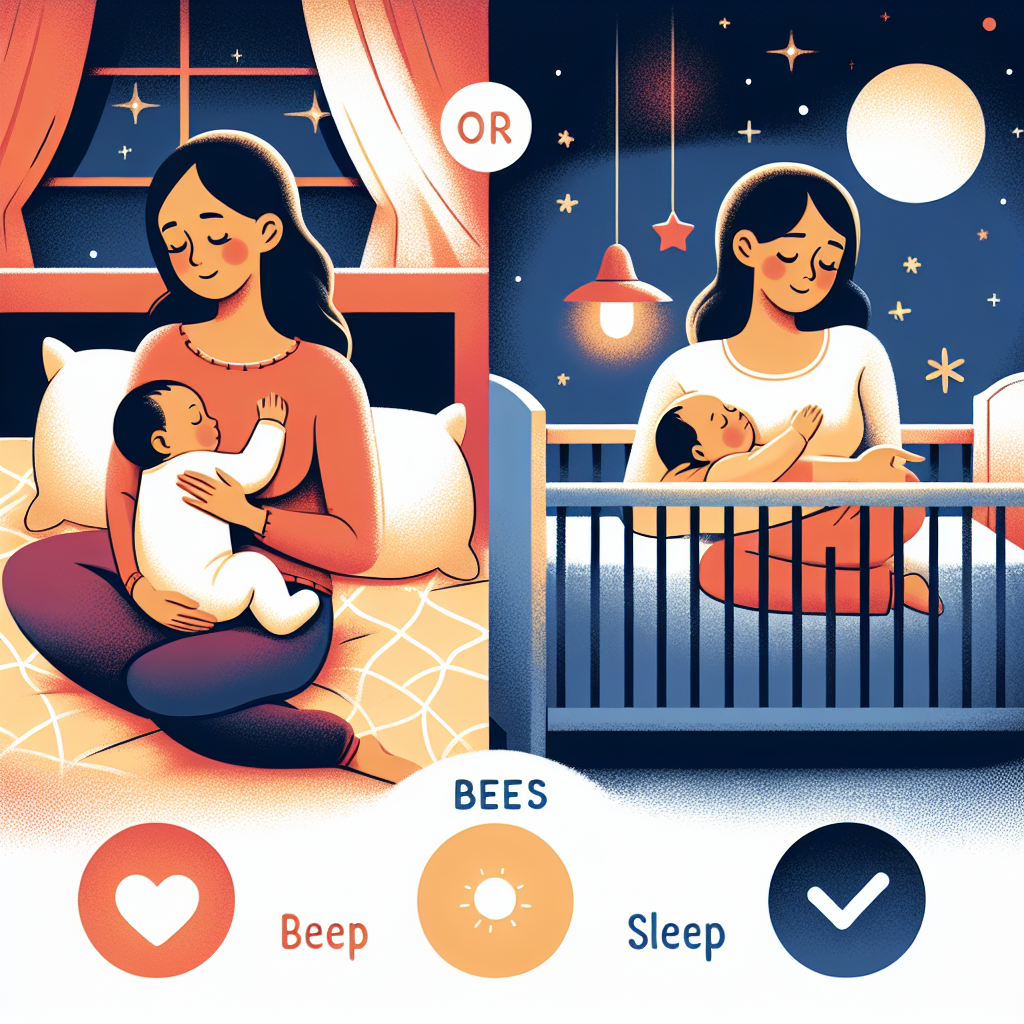Where Should the Baby Sleep: In His or Her Parents' Bed?
From the moment they enter our lives, babies bring a mix of joy, excitement and a lot of questions to the hearts of parents. One of the frequent dilemmas of newborns is where they should spend their nights: in their cozy crib or with their parents in the marital bed? Let's explore the arguments and find the best solutions for the rest of our little ones.
The benefits of sleeping in your own bed
Sleep is essential in a child's development, and comfort and safety are two pillars of quality sleep for babies. Let's analyze why it is advisable for a baby to sleep in its own bed.
First of all, sleeping in their own bed allows the baby to develop independence and get used to their own space. This facilitates the creation of a stable sleep schedule and helps the baby to fall asleep and wake up autonomously. Cribs are also designed to provide a safe environment without the risk of accidental suffocation by parents or pillows.
In addition to safety, using a breathing and temperature monitor can bring added peace of mind to parents knowing they can monitor the conditions in which their baby spends the night. Moreover, when the child grows up, the transition to a normal bed will be much simpler if he is used to sleeping alone.
Arguments For Co-Sleeping
On the other hand, co-sleeping or sleeping together with the baby in the parents' bed also has its advantages. The main argument in favor of this habit is that it facilitates night feeding and strengthens the emotional bond between mother and child. Constant physical contact can have a calming effect on the baby, who can feel more protected and calm.
Another argument is the practical aspect - especially in the first months, when babies wake up several times during the night, parents can have easier access to the baby to soothe or feed him without having to get out of bed. That can mean more rest for parents and less stress during the night.
However, it is important to keep some safety precautions in mind when opting for co-sleeping. Parents should ensure that the bed is large enough to prevent accidents and that there are no pillows, blankets or other objects that could pose a suffocation risk.
Sleeping in a Separate Bed: What Do the Experts Recommend?
As for specialist recommendations, they tend to vary. Many doctors and baby sleep experts encourage the practice of letting your baby sleep in his own bed starting in the first weeks of life. This helps to create a safe environment and develop good sleep habits in the long term.
International organizations, such as the American Academy of Pediatrics, recommend that for the first 6 months, the baby sleeps in the parents' room, but on a separate and safe surface, to minimize the risks of SIDS (Sudden Infant Death Syndrome).
Alternative: Co-Sleeping cots
A compromise solution can be represented by co-sleeping cribs, which are attached to the parents' bed, but offer a separate space for the baby. These combo cribs allow parents to enjoy the benefits of co-sleeping without violating safety standards.
The baby will be an arm's length away from the mother, which simplifies breastfeeding and calms the baby quickly, but at the same time, the little one has his own sleeping space, without the risk of being caught or suffocated during the night. It is a balanced solution that combines the need for safety with the advantages of close contact with parents.
Conclusion
The decision about where your baby should sleep is a personal one and should be adjusted according to each family's needs and lifestyle. It is essential that parents weigh the benefits and risks of separate versus co-sleeping, considering specialist recommendations and intermediate options such as co-sleeping cots.
Regardless of the choice made, the priority should always be the safety and comfort of the little one, as well as the parents' peace of mind. With the right information and resources, every family can create an ideal sleep environment that ensures harmonious child development. We invite you to visit our baby sleep section for more resources and helpful tips or subscribe to our newsletter for up-to-date information.














































































































































